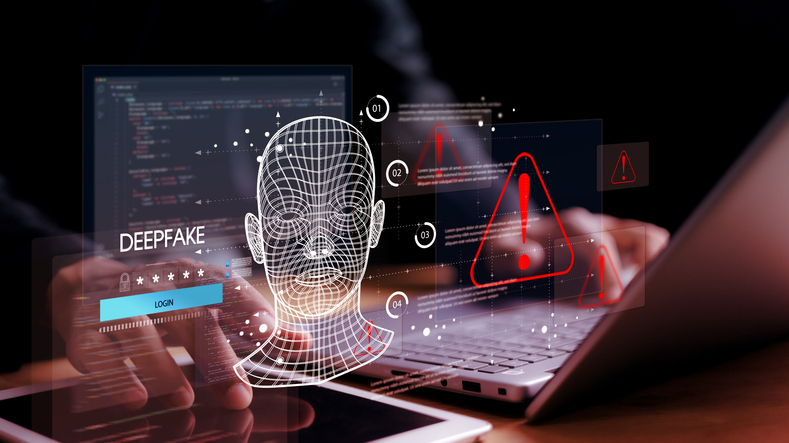A CEO orders their accountant on a video call to transfer money into an account. An office worker shares their password when a colleague requests it urgently over email. A family is frightened into paying when they hear a loved one's voice on a kidnapping voice note.
What do all of these incidents have in common? The CEO, colleague, and kidnap victim weren't real—they were all created using artificial intelligence.
Identity theft used to mean lost wallets and forged documents. You kept your ID number and credit card details safe. Now attackers use AI to stitch together your public data, building flawless digital impersonators that can bypass verification and exploit your contacts. Digital deepfake impersonation is a major and new threat to the online world. How can you stay safe?
How scammers abuse your digital identity
Modern AI tools can clone a person's writing style, voice, or likeness in mere minutes and often with very little information. A few social media posts, a couple of photos, or several seconds of voice or video recordings are enough to train an AI that then mimics the person.

We've made this process easier for scammers, who can scrape our social media profiles for information about our lives and our connections, and build digital copies that look and sound like us. Armed with these digital clones, they can abuse our identities for various crimes:
- Voice cloning: AI replicates someone's voice, enabling phone scams and WhatsApp audio messages targeting banks or family members
- Deepfake videos: Realistic fake videos of people are used for fraud, blackmail, or spreading misinformation; these can be entirely unique or use face-swapping to alter authentic videos and photos.
- Video call videos: Real-time deepfake videos can impersonate someone during a live video call.
- Writing mimicry: AI replicates communication patterns such as email or instant messages to manipulate others.
- Profile synthesis: Criminals combine data from multiple sources to create convincing fake identities, ideal for applying for credit facilities that they use on online stores.
- Personalised attacks: AI scraping can create a dossier about a person, such as their financial status or family connections, and use it for personalised attacks.
How to protect yourself against deepfakes
Altering photos, videos, and written pieces to impersonate someone is not a new phenomenon. The problem with deepfakes is how quickly and easily they can be produced. Anyone can do it. This is why we must be vigilant about these crimes and protect ourselves.
You can't get rid of deepfakes, but there are several things you can do that will make you less of a target:
- Minimise public personal data: Be cautious about posting photos, videos, and voice clips of yourself. Post these on private accounts if necessary. AI can access anything you post publicly.
- Use strong, unique passwords and multi-factor authentication: Criminals can use AI impersonation to try to access your personal accounts, but strong passwords and MFA (such as one-time pins or authenticator apps) make it harder for them.
- Treat unsolicited requests with suspicion: If you receive a phone call, email, or instant message claiming to be from someone you know, contact them on a different channel, such as a direct call.
- Establish a code word for family members and key colleagues: Agree on a code word or phrase for any sensitive or urgent requests.
- Be cautious around urgency or unavailability: Be wary if a message is urgent and requires immediate action, or if the sender says they are unavailable and can only be contacted on the medium they used. Take your time and verify requests independently.
- Beware of one-sided online relationships: Some scammers use deepfakes to create online relationships where they steal money from their victims. Be very suspicious when someone online asks for money, even if they can provide photos and videos of themselves.
Deepfake identity fraud is a reality of the AI age, and even the best AI detection systems are unable to catch all the attempts. But humans are smart, and with a little diligence, we can uncover a fake identity attack. Be vigilant, think about what you post, and don't take people online at face value. That face might very well be an AI fake, no matter how real it looks and sounds.
For more posts on digital fraud and online safety, check out our other fraud-related content.
